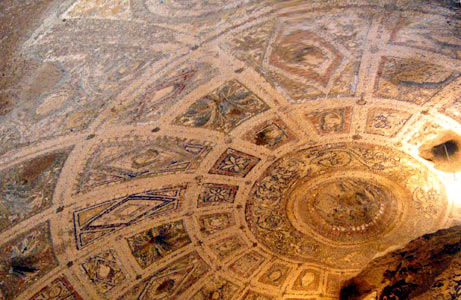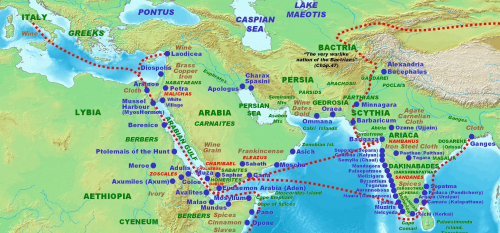In 1503, the much awaited clash of the titans was to take place in the Salone dei Cinquecento, the imposing chamber of Palazzo Vecchio in Italy. Piero Soderini, an Italian statesman commissioned Leonardo da Vinci to paint Battle of Anghiari on one wall and Michelangelo Buonarotti, the Battle of Cascina, in the opposite wall. Even though the artists were contemporaries, they had never competed directly before. Both of them lived in Florence and had a strong dislike for each other and thus this contest was eagerly awaited for the people expected this contest would push each artist to produce his best.
They worked on the initial drawings, but both did not complete the task. Leonardo was known for not completing most of his projects and he turned his attention elsewhere. Pope Julius II summoned Michelangelo to Rome for an even more prestigious project – to paint the ceiling of the Sistine Chapel.
Thanks to the work of artists like Leonardo da Vinci, Michelangelo, Giotto, Brunellesci, Donatello, and Rapahel and writers like Erasmus, Francois Rabelais, and Shakespeare, there was a resurgence in art, philosophy and literature from the late 13th century, which we know as Renaissance.
Renaissance fostered an atmosphere in which value was placed on human excellence, demonstrated with real examples that have set the standards for the modern age. While sitting through a lecture on Renaissance, the question in my mind was: Are there lessons we can learn from the 14th century Italians? Can we also achieve that level of greatness?



